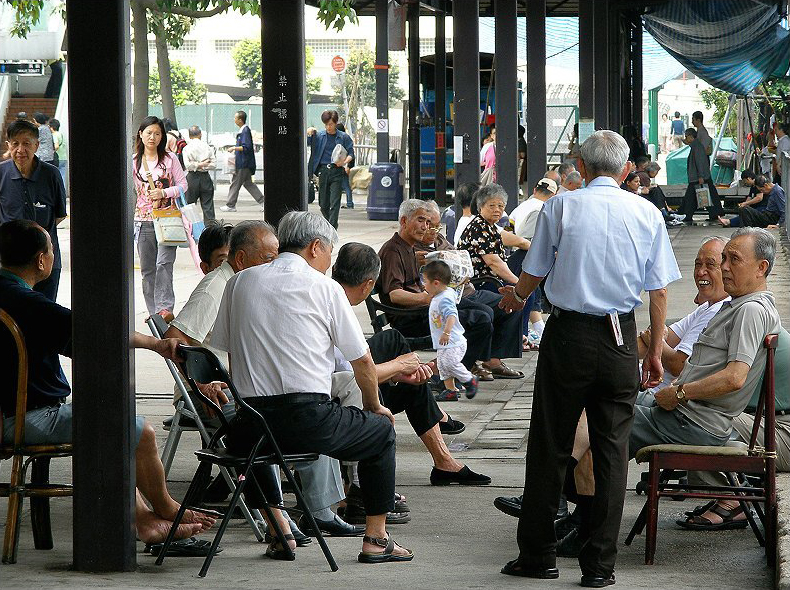It is gratifying that the government is taking steps to deal with poverty in the city, as evidenced by the recent report of the Poverty Commission for 2016.
While it is easy to point fingers at bald figures showing that 1 in 5 of the population live below the official poverty line, government intervention has reduced that number to just under one million people. Although this is nothing to be complacent about, it suggests that the problem is being taken seriously, HKFP reported.
The Poverty Commission’s 200-page report makes it quite clear just how complex this issue is, as well as how difficult it is even to try to define poverty. The very fact that Hong Kong (like many other jurisdictions) uses a statistical definition based on household income to draw the line means that poverty is to some extent always going to be arbitrary and, more importantly, it means there will always be a percentage of the population below this line.
What the definition does provide is a repeatable means of gauging the effectiveness of the government’s poverty alleviation measures by comparing the figures year-on-year. While this is a useful tool for government action it seems to lack any direct connection to what the general public might identify as poverty.
The Chinese University of Hong Kong recently tried to address this issue by conducting a survey of those who are socially disadvantaged. The criteria they used to define social disadvantage included not being able to afford some basic necessities of life such as dental care, eating three meals a day, or buying new clothes once a year.
The deprivation index they created showed that nearly 25% of the surveyed population were disadvantaged in some way. While a “fixed target” index of this sort helps to provide a snapshot of Hong Kong poverty in concrete terms, it is not so useful for tracking trends, targeting solutions or identifying remedial measures in the more comprehensive way that the Poverty Commission report tried to do.
One of the demographic trends tracked by the government report is the increasing number of elderly, non-wage-earning people.
There is a growing number of one and two person households needing help, in comparison with larger family units, placing a larger drain on government resources. Because of this, the government is looking at ways of offering long-term financial security to retirees who may be cash-poor but asset-rich.
Although the government is already looking at numerous different solutions to address particular needs, it will also need to approach the issue of poverty in a much more comprehensive manner. Unless the government wants to continue chasing its own tail, it needs to begin to look at poverty in a way which places it within the economy as a whole.


